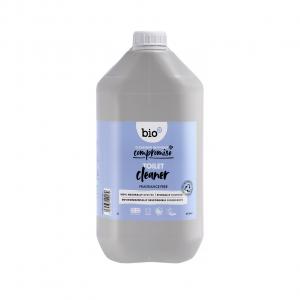Glycolic Acid
Other names: Glycolic acid, hydroacetic acid
Harm score: 2 (Derivatives of natural substances)
Glycolic acid, also known as hydroacetic acid, is an organic and hydrophilic aha (alpha-hydroxy-acid) acid that is characterized by the strongest exfoliating effects within the AHA group of acids. Its molecule is so small that it easily penetrates deep into the skin, where it binds to surface cells and facilitates their shedding, thus promoting skin renewal. Due to its strong exfoliating activity and its ability to stimulate collagen and elastin production, glycolic acid is a popular ingredient in cosmetics and dermatology.
Glycolic acid is used extensively in cosmetic and skin care products. It is found, for example, in creams, foams, tonics and serums, where it acts as an effective anti-ageing ingredient. Thanks to its ability to penetrate deep into the skin, it is also effective in combating acne and skin imperfections. Its diluted form is also used in homemade peeling kits. In industry, glycolic acid is used to make biodegradable plastics and as a component in paints and adhesives. In the food industry, it is added to some beverages as an acidity regulator. Its wide application makes glycolic acid one of the most used acids in industry and skin care.
Glycolic Acid can be found in the following products
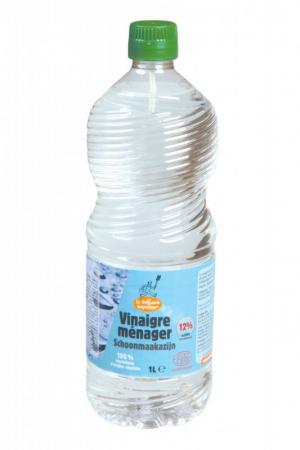
La Droguerie Ecologique by Alcohol vinegar 12% (1 l)
Product detail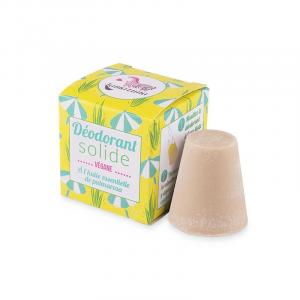
Solid deodorant - palm pink (30 g) - with a delicate unisex fragrance
Product detail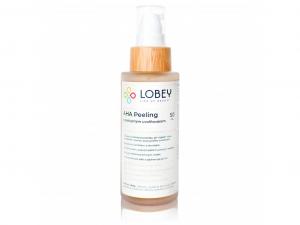
AHA Gradual Release Peeling 50 ml
Product detail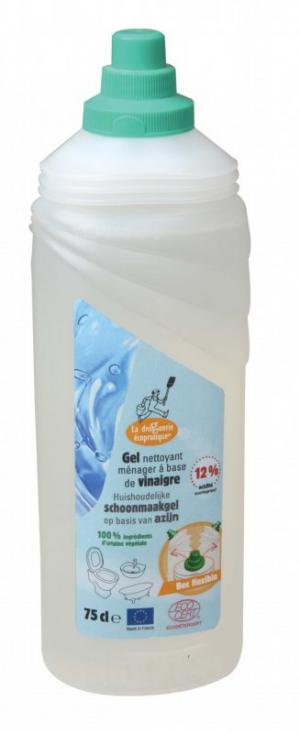
La Droguerie Ecologique by Vinegar Gel 12% (750 ml)
Product detail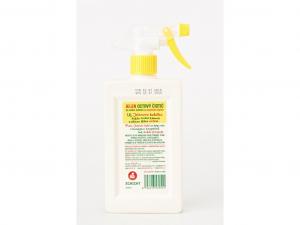
vinegar cleaner
Product detail